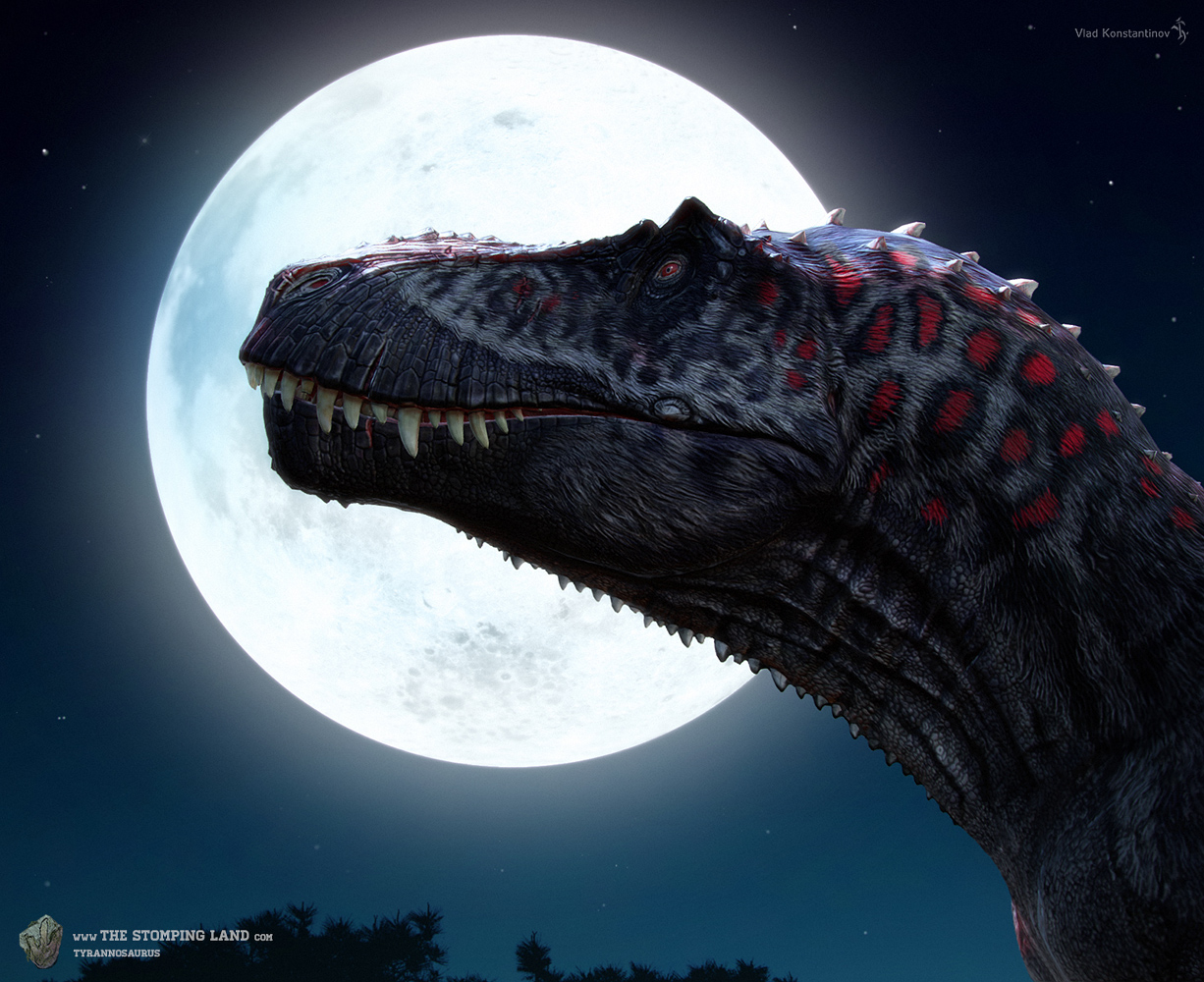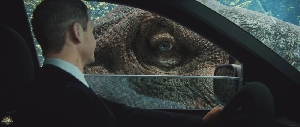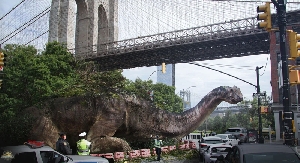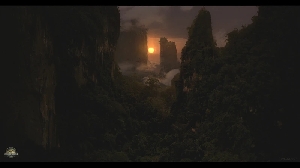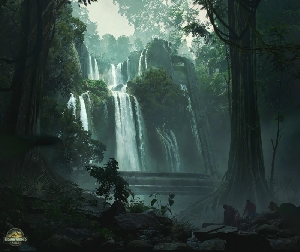The size of Utahraptor ostrommaysorum
Dinosaurs Forum Topic
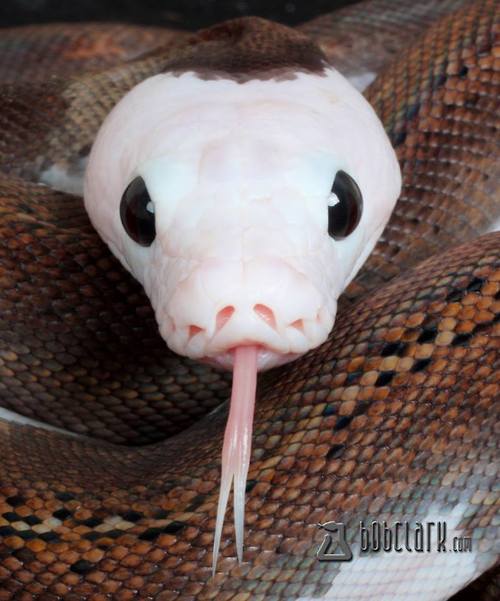
Carnosaur
MemberCompsognathusJul 16, 201410147 Views6 RepliesToday an oddball for the series enter the ring...he is:

Utahraptor ostrommaysorum; Utah's thief
Why utahraptor you may be asking?
Well, it does have a widely accepted size atrributed to it, but there are some potentially large specimens that are rumored to exist in the BYU collection.
It is based on on caudals 2 times the lenght of another specimen, so it may be a bit early to tell something about its size.Though our picture of Utahraptor should change greatly in the next 2 years, maybe they will write something about its size.
I feel a bit uncomfortable when combining a 11 meter raptor with the new built. 5 ton dromaeosaurid anyone?
Well...not exactly. A 11 meter specimen would be pretty massive, though I doubt that caudal lenght is good for extrapolating.
However, scaling from the run of the mill Utahraptor - 7 meters; 500 kg - (or 24 feet; 1100 pounds if that suits you) an 11 meter utahraptor would weigh around 2 tons. No more then an 8 meter Allosaurus Fragilis.
Mickey Mortimer has put this into consideration in his theropod database entry:
"Utahraptor ostrommaysorum Kirkland, Gaston and Burge 1993
(~12 m; ~2.7 tons) caudal vertebrae (Britt et al., 2001)"
It would be almost 3 t.
That however, is using a 12 meter length that i have not seen repeated any where else.
There has also been talk that these remains aren't dromaeosaurid in nature, but those of Acrocanthosaurus or an extant relative.
I don't really buy into this, Carcharodontosaurs and dromaeosaurs aren’t exactly closely related or indistinguishable. I have trouble believing the authors that figured them would misidentify carnosaur vertebrae to be those of a dromaeosaur, although that’s not impossible. Anyway, just a size difference is not enough to cast that much doubt on it, we know other extreme examples of animals from the same taxon showing such disparities.
In conclusion, i will stick to the 7 meter; 500 kg estimates for Utahraptor until these fossils in the BYU collection are scientifically described and verified.
Nature doesn't deceive us; it is we who deceive ourselves.
Replies to The size of Utahraptor ostrommaysorum
Hey Guest, want to add your say?
Are you an avid Jurassic World fan looking for a dedicated online community of likeminded fans? Look no further! Create your own profile today and take part in our forums and gain XP points for all the content you post!




